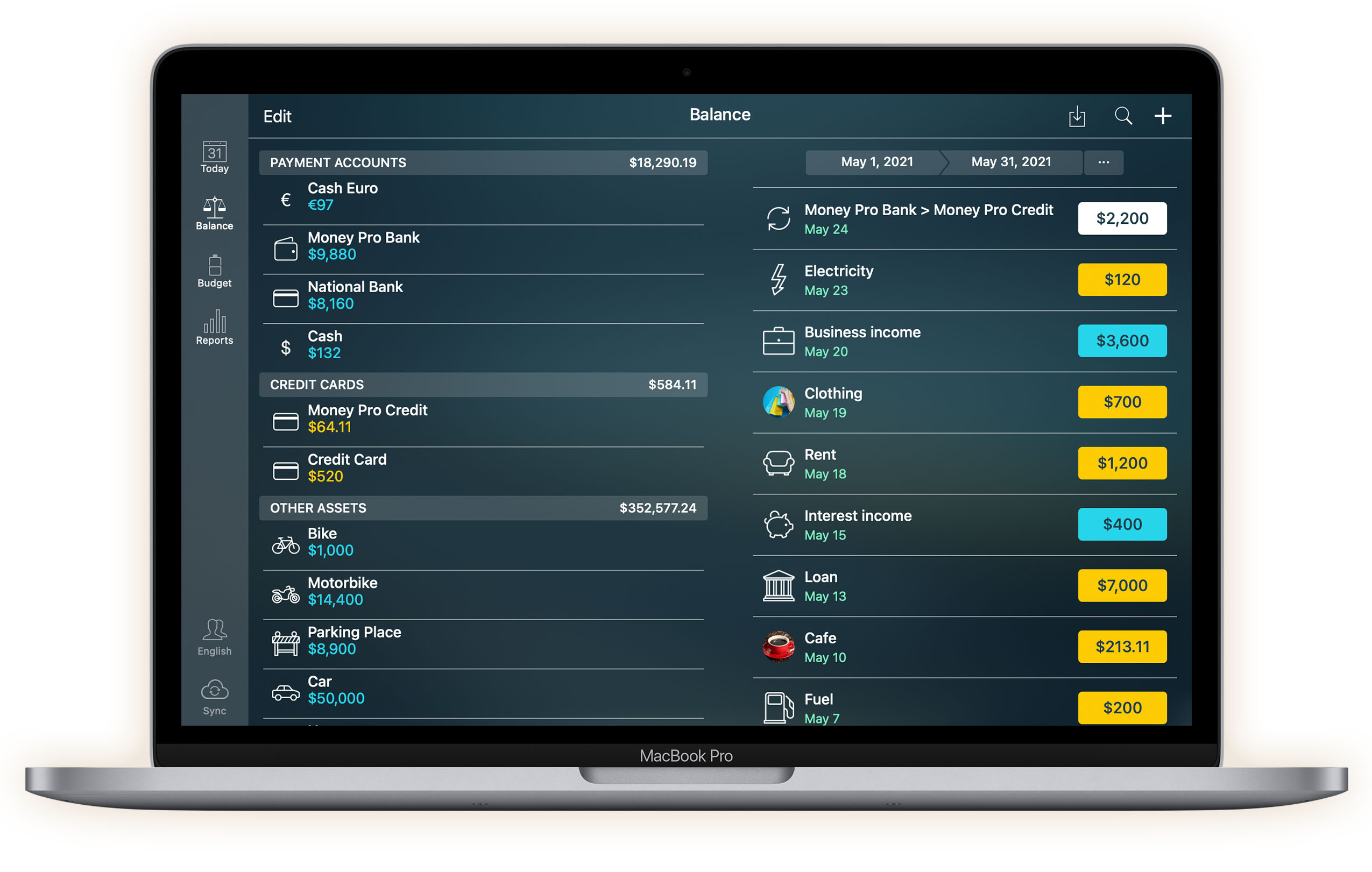What is RSS and how to use it
To read interesting blogs and pages on the Internet, I use a thing called RSS. Turns out, not many people know about RSS, so I will tell you what it is and how to use it.
The problem with following on social media
It usually goes like this. When you discover an interesting person or brand, you want to follow them. For example, you find and follow a musician on Instagram or another social network. You’re interested in the person or their work, so you subscribe to their page to get new content from them. Seems logical.
The problem is that the algorithmic social media feeds don’t do a very good job of showing you the content of the authors you subscribe to. To be clear, they don’t have that task at all.
Let’s suppose you are subscribed to the Facebook page of someone you are interested in, but that person rarely posts anything there, once a month or even once every three months. And if the page has few posts and its posts get not many ”likes,” the algorithm of the social networks considers this page “uninteresting” and may not show its new post in your feed. This is known to everyone trying to run their social media pages. In my experience, on average, posts on social networks are only shown to 10-15% of the page followers.
On top of that, as soon as you go to any social network, you are attacked from all sides by notifications, banners, reposts from some unknown friends, advertising, and cats. That is, even if you try to open Instagram or Facebook for something useful, you are inevitably confronted with a bunch of unnecessary information that no one asked for. (Of course, if the goal is just to kill time, then social networks are great, but that’s a conversation for another topic altogether).
In addition to social networks, there are periodicals, blogs and other sites. For example, in the post about the benefits of blogs I advised starting blogging on your own domain. But it begs the question: how do you read content scattered across dozens of different sites? Usually, people follow pages on social media for this exact reason, to read all posts in one app. Also, most people and even brands don’t have their own standalone blogs, so there is no place to follow them except social networks. What to do then?
This is where it’s time to talk more about RSS.
What is RSS
RSS (which stands for Really Simple Syndication) is a way to subscribe to any updated content. RSS can be used to subscribe to anything with a so-called feed: blogs, social media pages, and even services like Soundcloud or YouTube.
It’s important to understand that RSS is not a specific app, but an open technology. Like email, for example. RSS has been around for decades, and it’s all the more surprising that so few people know about it.
How to use RSS
To subscribe and read content using RSS, you need a special app, a reader. It’s like for web surfing we use browsers such as Safari or Chrome, so for reading content on RSS you need an app too.
I use an app called Reeder 5. Here is what it looks like:


If you are on a Mac, I highly recommend this particular reader: it looks great, works great and syncs quickly between devices via iCloud.
If you are a Windows user, check out Feedly. It works right in your browser, like Gmail for email. Feedly is not as cool as Reeder, but nothing better for Windows as far as I know.
To add someone to my reader app, or to subscribe to someone, I click the “plus sign” at the top left (I press the ⌘+N shortcut, of course) and paste the page’s web address. This way I sort of form my personal newsfeed of those authors I’m interested in, even if one is on Instagram, another is on Facebook, and the third is a news website, for example.
The best thing about RSS
The RSS reader allows you to group authors into folders, mark posts as unread, and add them to favourites. Also, there are no annoying ads, reposts, or other information garbage in RSS. That’s all great, but it’s not the best thing.
The best thing is that the content is waiting for you rather than demanding your attention here and now. Social networks are like this: if you haven’t been there for a day or two, all recent posts are already “drowned” in your feed. Many people develop the so-called FOMO because of this — an obsessive fear of missing out on something interesting that is provoked by social networking.
On the RSS, the posts are always waiting for you regardless of any algorithms and precisely in the chronological order in which the authors published them. Obviously, if you won’t open an RSS app for months, you may accumulate a lot of posts. Well, and that’s totally okay — they’ll be waiting, so take your time and enjoy reading later.
in RSS, the content is waiting for you rather than demanding your attention here and now
I’ve even noticed this: after I practically stopped mindlessly spending hours using social media, and instead started very selectively subscribing to specific authors of interest to me by RSS, I began to feel much better about myself. Less anxiety, less procrastination. More control, more usefulness. I can’t guarantee you’ll feel the same way, but this is how I feel.
How to add social media pages to RSS
To subscribe by RSS, all you have to do is put the page’s address into the reader, as I wrote above. But under the hood, things are a bit trickier: for a site to be added to the RSS reader, it must have a special file with special formatting, which is where all the new posts are collected. This file is called feed. Most news sites and blogs have such a file.
Usually, you don’t need to know this because the reader finds this file on the site. For example, if you paste the address of my blog dsokolovskiy.com/blog/ into the reader, the app will quietly search my feed link and actually subscribe to dsokolovskiy.com/blog/rss/, because this is my blog’s feed address. You probably won’t even notice such technical detail, and again, this knowledge is usually unnecessary.
However, it’s a little different with social networks. If you paste a link to, for example, an Instagram profile, the reader will likely give you an error: “Sorry, there is no feed at this address”. Social networks are doing everything they can to retain an audience within their platforms to show people more ads and simply don’t generate feeds for user pages. Social networks don’t want you to read their posts at a convenient time and in a convenient RSS reader, bypassing ads and notifications of new likes from your friends.
Fortunately, there are services like RSS Bridge and RSS.app that turn content from third-party services into feeds that readers can understand. Just exactly what we need! It works for Instagram, Telegram, Mixcloud, and many other sites that don’t generate the feed file themselves. I’ve been using these services for quite a long time, so I recommend them.
Bonus: who to subscribe to
At different times my RSS reader has had anywhere from a few dozen to several hundred authors. From time to time I unsubscribe from some, and add others. It’s such a living, ongoing process. But if you’re just starting out or have decided to try using the RSS, here are a few sources and people I recommend subscribing to:
DJ TechTools, DJ community. They write about equipment, software, artists, and industry news.
Sound On Sound: Recording & Mixing, a podcast about recording and mixing music from one of the oldest music magazines. They share how to make transients, in what order to put the effects chain, how to use dynamic equalization, and other subtleties.
Concept Art World, a showcase of digital artists and conceptual art. They post illustrations of stunning beauty. These works inspire half of the tracks I’ve written.
John 00 Fleming, DJ, producer, and owner of the JOOF Recordings label, where I help him with A&R. Aside from announcing tours, new releases, and other typical artist content, John is one of the few who gives interesting behind-the-scenes details about his DJ career and perspective on the industry. You can learn a lot from him if you want to.
Jason Fried, entrepreneur, co-author of Basecamp, Hey, and the books Rework and Remote. He gives an interesting perspective on business, management, marketing and PR.
Jason Fried on marketing by sharing
Ilya Birman — designer, DJ, creator of the blog engine on which my blog runs. He writes about product and navigation design, music, philosophy, life.
Well, subscribe to my blog too, of course!
If you know any cool authors or magazines to read – post link in the comments, I’d love to subscribe to them too.


